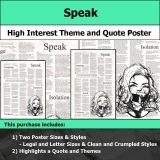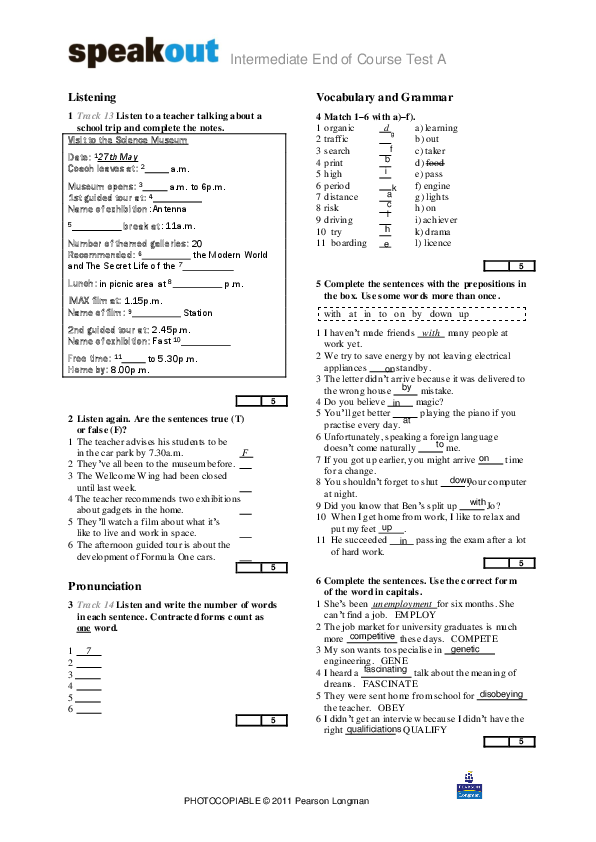

The TEST dictionary in DATABASES offers a number of settings Tests will use an in-memory database by default (i.e., the database will beĬreated in memory, bypassing the filesystem entirely!). The default test database names are created by prepending test_ to the Server where tests may be interrupted by a timeout, for example. This can be useful when running tests on a continuous integration Use the test -noinput option to suppress that prompt and automatically destroy theĭatabase. Whether you want to reuse or destroy the database. Will also be applied in order to keep it up to date.Īs described in the previous section, if a test run is forcefully interrupted, If the database does not exist, it will first be created. This will preserve the test database between You can prevent the test databases from being destroyed by using the Regardless of whether the tests pass or fail, the test databases are destroyed Separate, blank databases are created for the tests. If you have a student who is blind or has a visual impairment and who requires tactile graphics to take the practice tests, please contact the Practice Test Tactile Graphics Point of Contact for your state.Tests that require a database (namely, model tests) will not use your “real”.BRF versions for the Grade 8 ELA and all Mathematics tests because the non-textual information cannot be displayed electronically or printed/embossed via a downloadable. Tactile graphics are required for students using Screen Reader or downloadable.They are used to convey non-textual information such as maps, paintings, graphs, and diagrams. Tactile graphics are images that use raised surfaces so that a person who is blind or visually impaired can feel them.
#Speak unit test manual

#Speak unit test windows
We are also utilizing the W3C’s Accessible Rich Internet Application (ARIA) recommendation to improve the interaction between assistive technology and assessment content.įor optimal compatibility with our testing platform, browsers and assistive technology products should comply with the User Agent Accessibility Guidelines (UAAG) and support the ARIA recommendation.īecause the JAWS screen reader is broadly used, Pearson is going above and beyond the WCAG 2.0 AA requirements to optimize the user experience for JAWS 15 with the Firefox browser and Windows 7. Pearson’s test platform is being programmed to comply with the World Wide Web Consortium’s (W3C) Web Content Accessibility Guidelines (WCAG) 2.0, Level AA.
#Speak unit test software
Screen readers are appropriate for students who are trained to use the software and who use it in the classroom, including those who are blind or have a visual impairment. Students who use a screen reader should practice with the updated multiple choice interactions prior to the operational assessment this spring to become familiar with the updated interaction.Ī screen reader is a software application, separate from text-to-speech embedded in TestNav, which conveys web content through audio.

Students can use the space bar to remove the selection. Now, when students navigate into a multiple choice field, the radio button given focus by the Screen Reader will automatically be selected. The interaction has been updated to a more common design that aligns to the standard interaction used by screen reader users.

The Multiple Choice (Radio Button) interaction for Screen Reader users has been updated.


 0 kommentar(er)
0 kommentar(er)
